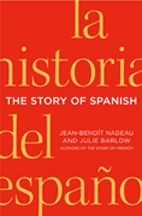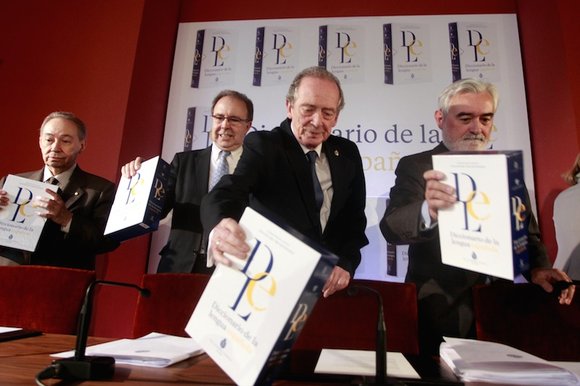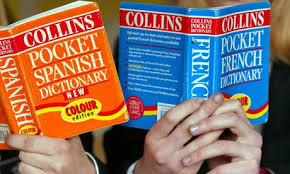By Jean-Benoît Nadeau & Julie Barlow
This end-of-the-world nonsense about the Mayan calendar will have had at least one positive outcome: it will shed light on the pre-Columbian Mayan culture, which entered European history in the 1510s, shortly after Columbus’ landing of 1492.
In post-Columbian America, Mayan has been one of the native languages that fared the best on the continent. There are six million Mayan speakers today in Yucatan, Guatemala, Belize, Honduras and El Salvador. Mayan is more widely spoken than Nahuatl (1.5 million speakers in Mexico) and Guarani (4.8 million speakers in the Southern Cone). The Academy of Mayan Languages in Guatemala receives 200 times more funding than the Guatemalan Academy of Spanish. The only native language doing better is Quechua, with some 8 million speakers in Peru.
The main reason Mayan survived was because of demographics. The Mayans’ stronghold was Central America, where they had successfully resisted the Aztecs and remained an assimilating power of their own. Although Mayan civilization had entered a period of decadence long before the arrival of Columbus, the Mayan language remained strong. Even after European diseases decimated 80 to 95% of Mayan speakers, Spanish never wiped out the Mayan tongue.
Mayans even assimilated Spaniards in several famous cases. When Cortes arrived in Yucatan in 1519, he got wind of two barbudos (bearded men), which he guessed to have been stranded Spaniards. One of them was a friar named Gerónimo de Aguilar, who had been a Mayan slave for eight years. He came to work for Cortes as a translator. The other – who would make a great novel character – was a sailor named Gonzalo Guerrero, who was married to a Mayan noble with whom he had three children. He actually took up arms with the Mayans against the Spaniards, and died fighting them. Guerrero is now regarded as the founder of the Mestizo race in Mexico.
On the whole, the Mayans did a much better job of resisting the onslaught of the Conquistadores than did other civilizations – which is why more people speak Mayan today than Nahuatl, the language of the former Aztec empire. In fact, by the time Spain lost control of that part of the empire in the beginning of the 19th century, it wasn’t yet certain that Spanish would become the common tongue of the Americas.
And even today, the Mayan language remains an obstacle that the Spanish language and culture has not fully overcome in Central America.
 More information about pre-Columbian and post-Columbian Americas can be found in our new book, The Story of Spanish, to be released in May 2013, St. Martin’s Press.
More information about pre-Columbian and post-Columbian Americas can be found in our new book, The Story of Spanish, to be released in May 2013, St. Martin’s Press.












